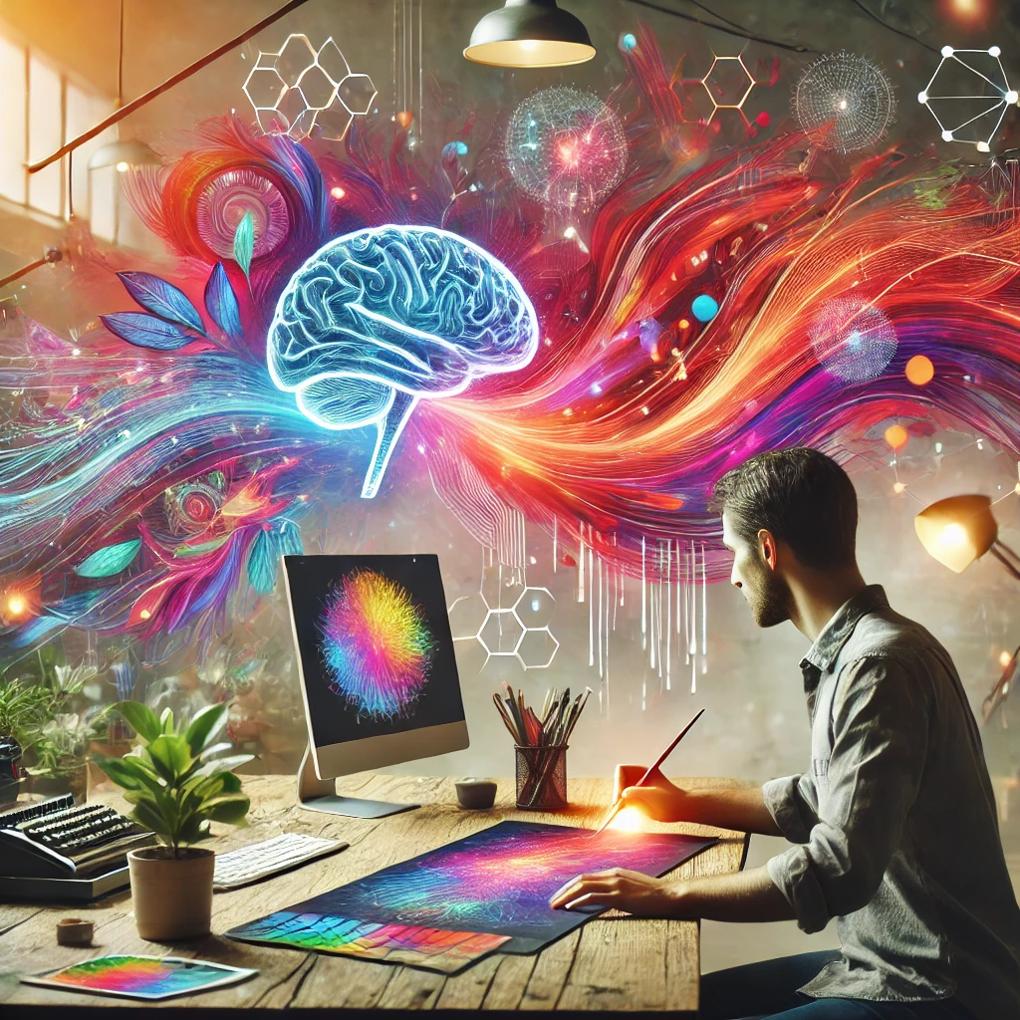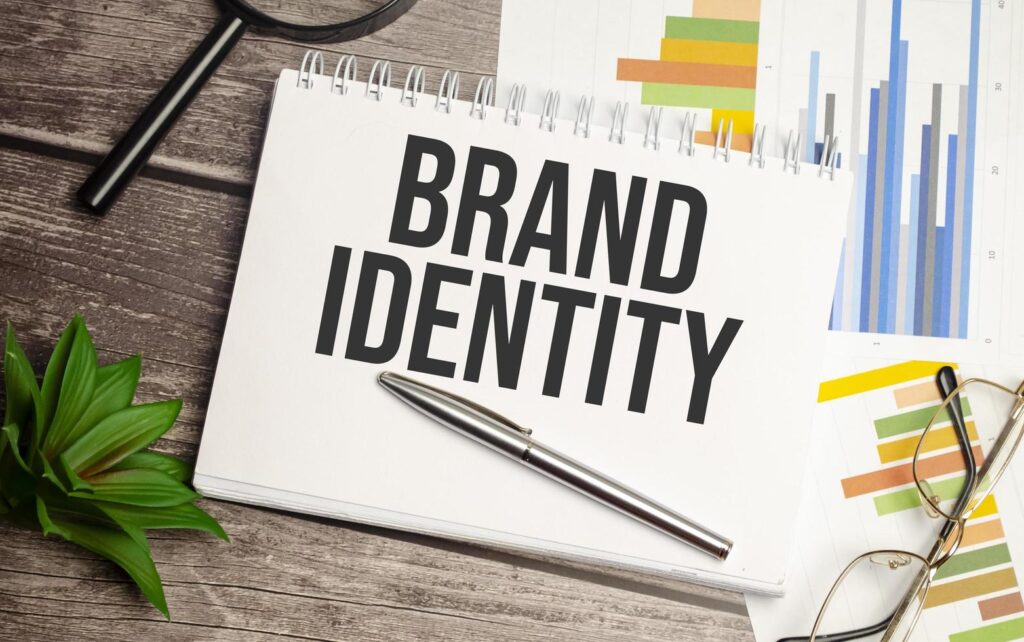In today’s world, digital protection of your creative work is possible and very much necessary in a world where property theft and content theft are common. Protecting your creative work is not just smart; it is very important and vital. As a writer, graphics designer, and filmmaker, protecting your work helps you license, sell, and publish it confidently.
In this Guide, we’ll walk through 7 proven ways on how every creator should protect their work.
Copyright
Copyright is the protection of your original work of authorship, like your writing, music, or software, from being used without authorization or being copied or pirated. It allows you to create ownership of public records and support the enforcement in court, and will enable you to qualify for statutory damages and legal fees. The best time to protect your work begins the moment your work is created and fixed in a reasonable form. This means as a writer, photographer, designer, or musician, you own the rights to your work as soon as it’s created and fixed. It doesn’t require registration, but it gives you stronger legal rights. In Nigeria, to copyright your work, use the Nigerian Copyright eRegistration System (NCeRS) to register online, while in the U.S., you can register via the U.S. Copyright Office.
Note that you will need: A copy of your work. Your details, A small fee (varies by country)
Watermarks and Metadata
A watermark is an invisible, clear, or visible mark that is added to your content, like on your image, videos, or document, to claim ownership. It could be your handle name, brand name, or your name; it helps discourage theft to promote branding. It allows Logos, names, or text placed over content; invisible and dynamic automatically generated watermarks with user info, timestamps, or download IDs. These are the types of watermarks we have. The watermark is also seen as a means to promote your brand. Metadata is more of a “digital fingerprint,” with hidden information attached in a digital file that describes its content. It helps claim authorship, helps prove ownership, and prevents unauthorized use. It helps promote your brand and push it more to the face of the target audience. Metadata can track and verify content usage, and can be used to track edits or distribution.
Drafting Clear Contracts
A clear contract is a written agreement that clearly defines who owns a project and helps specify what each party is responsible for, including giving payment terms, deadlines, and deliverables. Having a clear draft contract helps make it easy to enforce rights in case of disputes legally. Whether you’re hiring a freelancer, licensing your artwork, or collaborating on a film, a well-drafted contract sets expectations and protects your rights. It makes it official when both parties sign and date the contract with the involvement of a lawyer or without it; it also permits how both parties can end the agreement and under what conditions. It helps build trust with clients and collaborators. Giving you legal recourse if things go wrong .
Register Trademarks for Branding
A trademark for branding is a symbol, name, word, logo, slogan, or design that identifies your brand and sets it apart from others. It gives you the right to use that mark for your goods or services and prevents others from copying or misusing it. Trademark registration is done by the Trademarks, Patents, and Designs Registry under the Federal Ministry of Industry, Trade, and
Investment. You can trademark a Brand name or business name, Logo or symbol, Slogan or tagline, Product packaging design, or Domain name (if distinctive). Before registration, check if your desired name/logo is already registered. This helps avoid conflicts. You can do this via an agent or through the IPO Nigeria portal. You will need to submit your logo or wordmark, applicant details, and classification of goods/services. Nigeria uses a nice classification system.
License Your Work Clearly
Licensing is a legal agreement where you (the creator or copyright holder) grant someone else (the licensee) the right to use your work under specific conditions. You keep ownership, but you define how your work is used. Think of it like renting out your art, music, writing, or design without selling it. Before choosing a license, you’d get to pick a license that matches how you want your work to be used. All Rights Reserved is the most common type, which means no one can use, share, or change your work without your permission.
- Creative Commons (CC) is popular for sharing work online. You can allow things like reuse, remixing, or commercial use under specific conditions.
- CC BY means Anyone can use your work as long as they credit you.
- CC BY-NC means the Same as above, but non-commercial use only.
- CC0. You give up all rights; it’s free for anyone to use however they want, and open-source licenses are often used for software (like MIT, GPL, and Apache), letting others use and modify code under specific rules.
Store Work Securely
Safely keeping your creative works is about protecting your work, which many think is not important, but it is very necessary to secure your work, as well as prevent it from loss, and protect your intellectual property, reputation, and privacy as a content creator. Safeguarding your work by restricting unauthorized use; however, it helps you protect against theft and also ensures that it is put into compliance with the original copyright data laws. Safekeeping your original files and edits helps avoid plagiarism issues and maintain your creative integrity. Storing your work makes you organized and accessible and puts you on the edge of professionalism. As a filmmaker, designer, writer, entrepreneur, or service provider, you can use services like Proton Drive, Tresorit, and sync.com that offer strong encryption. You can access it from anywhere and also enforce Automatic backups with Password-protected sharing links, but note you should choose a platform that uses zero-knowledge encryption, meaning even the provider can’t see your files. You can also store files directly on your computer or an external SSD like the Samsung T7. It gives you full control over access at no cost for a subscription fee. Brands like Kingston IronKey or SanDisk Secure Access offer password protection and AES encryption.
Monitor and Enforce Your Rights
Monitoring and enforcing your rights is how you protect your creative work, brand identity, and intellectual property from misuse or infringement. You monitor by actively watching for unauthorized use of your work online, offline, in marketplaces, and on social media. You can enforce taking action when someone uses your work without permission, starting with polite requests to legal steps if necessary. You can monitor your work by setting up Google Alerts, using reverse image search, and watching social media and marketplaces regularly, checking platforms like Instagram, Tiktok, Etsy, Amazon, and YouTube for reposts, resales, or impersonation. You can track domain registration, and you can enforce your rights by documenting your infringement. Use Platform Takedown Tools: Instagram, YouTube, Amazon, and others have built-in copyright and trademark reporting systems. These can result in the quick removal of infringing content.


